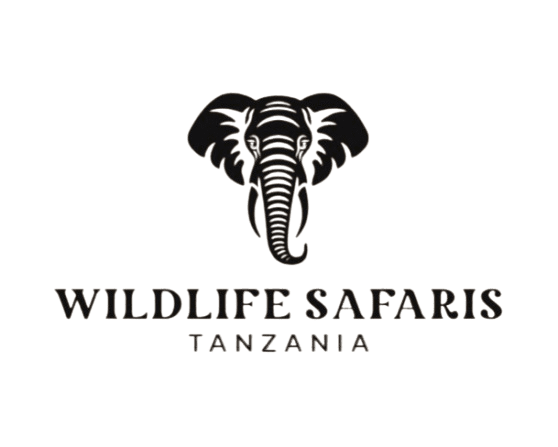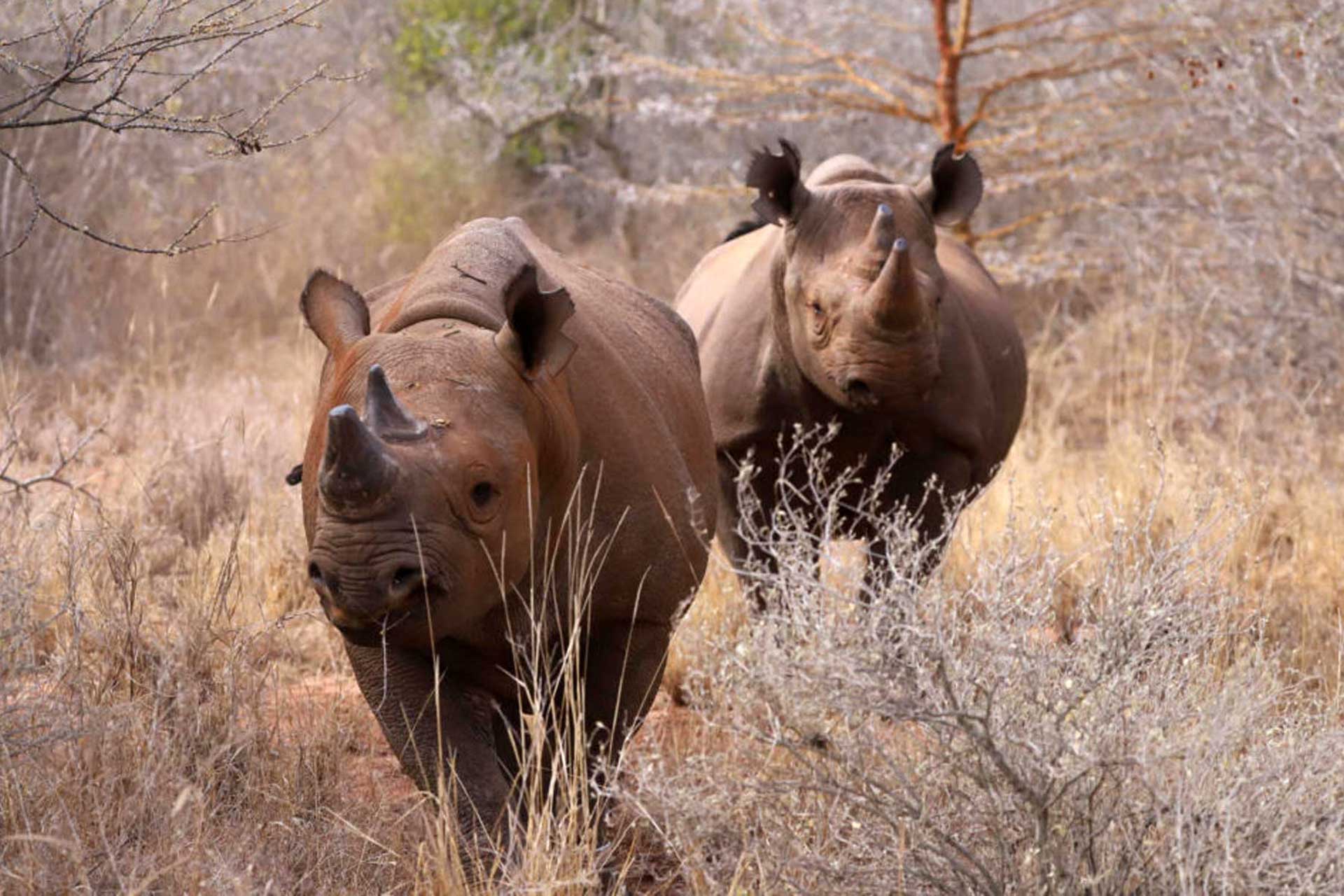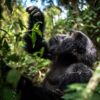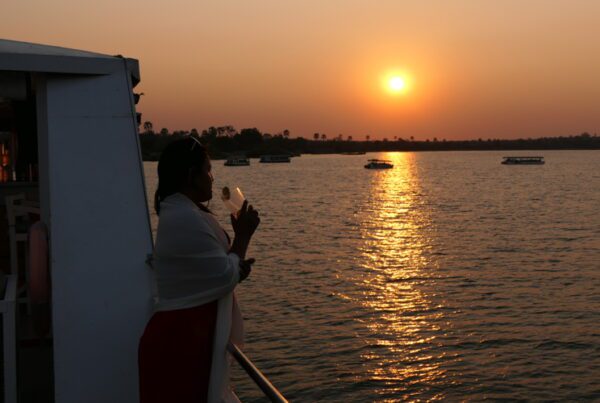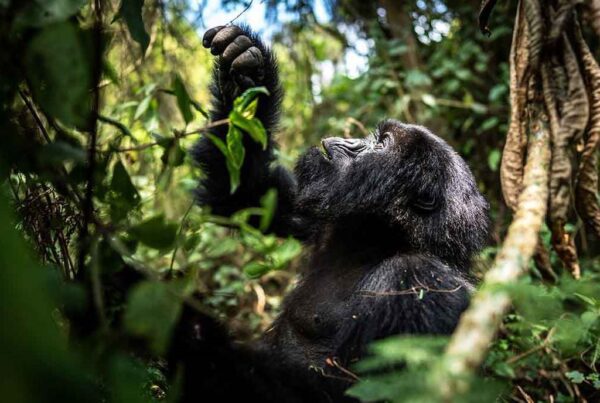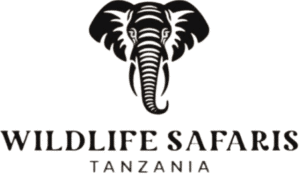Discover Four Fascinating Aspects of Mkomazi National Park
Despite being in the world-famous northern region, Mkomazi may not be a well-known wildlife park. The reason for this is because it is overshadowed by Serengeti and Ngorongoro Crater. Mkomazi, on the other hand, offers something special to those in search of untamed nature. And with that, we provide four intriguing tidbits on Mkomazi National Park. Let’s get right in.
1. The Big Five call Mkomazi home.
The Serengeti and Ngorongoro are ideal places to observe the five major animals for the majority of tourists. However, Mkomazi is the most recent and undisturbed location where these creatures may be found. Most people go on safaris to Africa to see the Big Five: lions, leopards, elephants, buffalo, and rhinos. Despite their little stature, these creatures were formerly considered too hazardous to hunt on foot, therefore the term stuck. Fortunately, they are no longer useful for hunting.
In their native settings, you may see leopards, buffalo, elephants, and lions. However, the latter needs extra care as it hides under trees in the afternoons. If you want to go on an adventure and see leopards or perhaps lions hunting, a morning drive is your best bet. Elephants are often seen in acacia woods and riverine forests. Cape buffalo, sometimes known as the “black death,” may number 300 strong and can be seen grazing in lush grass in woods or plains.
Established in 1991, Mkomazi is home to its own rhino sanctuary. The goal of this rhino breeding facility is to eventually release the young rhinos back into their native environments. Visitors were able to experience rhino tourism for the first time in 2021. At this time, protected areas are home to around 35 black rhinos. Despite having the fewest tourists, Mkomazi provides a one-of-a-kind opportunity to see the Big Five.
The African wild dog makes its home in Mkomazi. 2.
An overview of the past is in order. The pre-90s Tanzanian wild dog population.
These little painted dogs patrolled protected regions in Tanzania, keeping an eye on the plains. They go from park to park thanks to their long-distance migration capacity. Because they preyed on cattle, they even migrated close to human settlements (near the Maasai), leading to tensions between humans and other animals. Additionally, the wild dog population was almost wiped off in the 1990s due to a disease called canine distemper.
Mkomazi, which was already a game reserve by 1995, and its allies came to their rescue by launching a specific initiative to safeguard and reestablish the painted wolf population. More than 200 feral canines were introduced to the Mkomazi-Tsavo environment in 2019 as part of the initiative.
These mottled dogs are now rather widespread in Mkomazi. This predator population, however, is quite transient; one day it’s here, and the next it’s somewhere else. They may choose to settle down and rear the puppies, but they aren’t as possessive as lions. Their hunting style is what makes them stand out. Give it a try: Wild dogs in Africa lack the speed and agility of more exotic animals, such as cheetahs, lions, and leopards. Their covert strategy involves zeroing in on a single victim at a time while maintaining a low hunting speed (less than 30 mph). The whole pack joins in on the relentless pursuit of their victim until it meets its demise. Their success rate while hunting is close to 98%.
3. Over eighteen different kinds of big mammals call Mkomazi home.
This 3,230 km2 area is home to a wide variety of wildlife. Some of the animals that may be seen during game drives are giraffes, oryx, gerenuk, impala, eland, hartebeests, lesser kudu, dik-dik, topi, hyena, wildebeests, zebras, and cheetahs. Animals often visit the area around Dindira Dam and the Umba River to drink water.
Animals are able to roam freely in the ecology that Mkomazi and Tsavo create. From Tsavo National Park, elephants, zebras, and antelopes enter the dry season (June to October). Animals from both parks are constantly migrating, so sightseers may expect to see some rather unique creatures.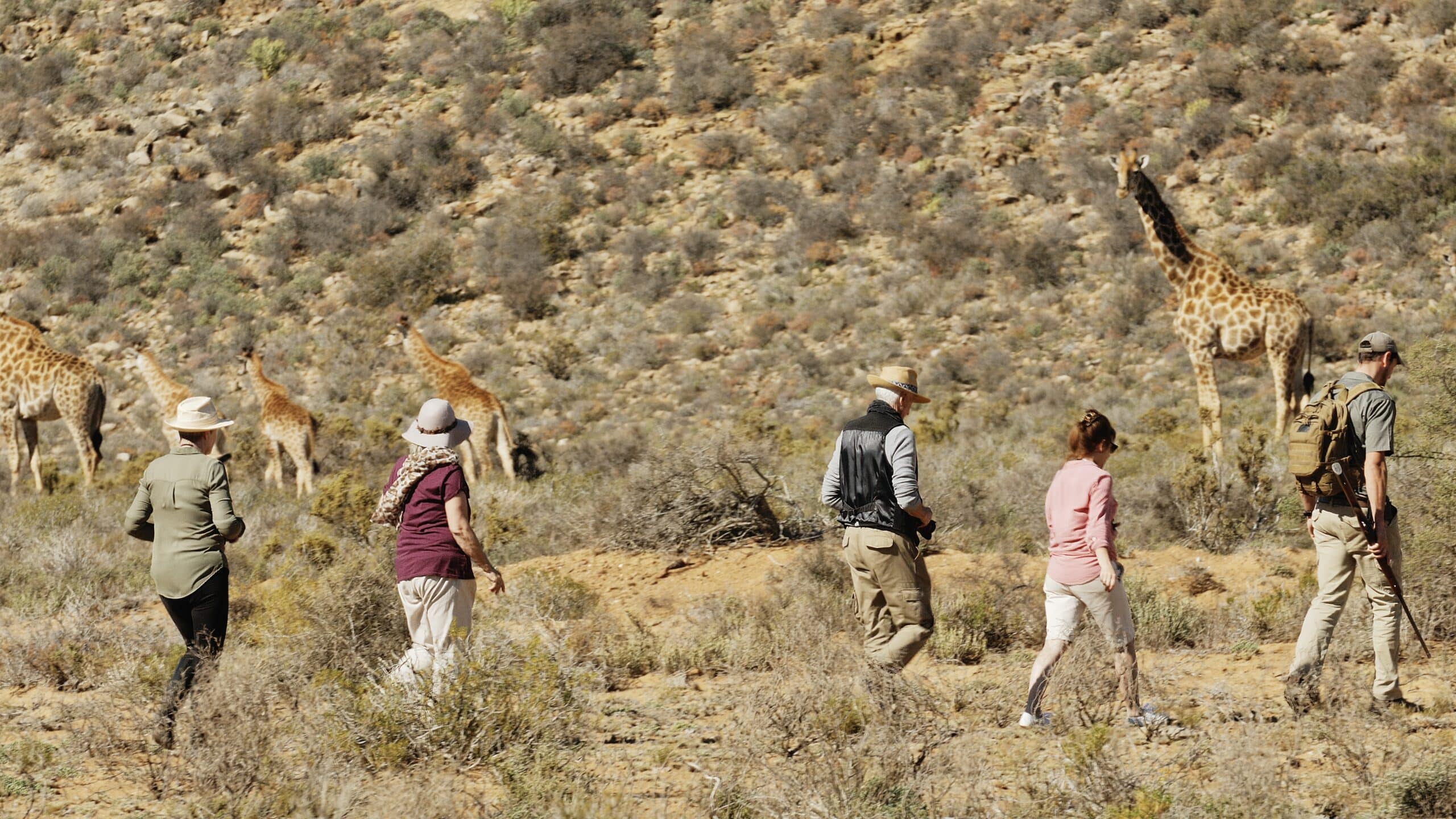
4. More than 400 different bird species call Mkomazi home.
With almost 400 species documented, Mkomazi is home to a varied array of bird life. Secretary birds, ostriches, rollers, crown eagles, and yellow-collared lovebirds are some of the usual birds you could see in Tanzania here. Other species may also be found, including kingfishers, ground hornbills, purple grenadiers, and white-bellied go-away birds.
When is Mkomazi at its most beautiful?
Tourists should go to Mkomazi National Park during the months of June and October. There is little vegetation and the pathways are excellent. On top of that, animals congregate around a select handful. The brief dry season (January–March) is another great time to visit Mkomazi for animal viewing, birding, and photo safaris.
Entering Mkomazi National Park.
The northeastern Tanzanian settlement of Same is close to Mkomazi. Moshi is almost 120 kilometers away. From Moshi, it will take 5 hours to travel, while from Arusha, it will take 6 hours. Its position is fairly far from the well-known parks in the north.
The final verdict
If you’re looking for a less touristic way to see rare species like black rhinos and African wild canines, Mikumi National Park is the place to go. Is an adventure in store for you? Get the ball rolling on your safari by contacting our professional planners.
